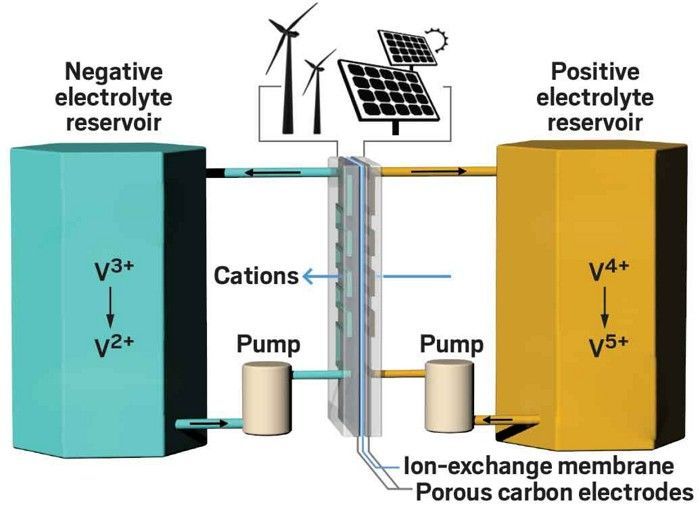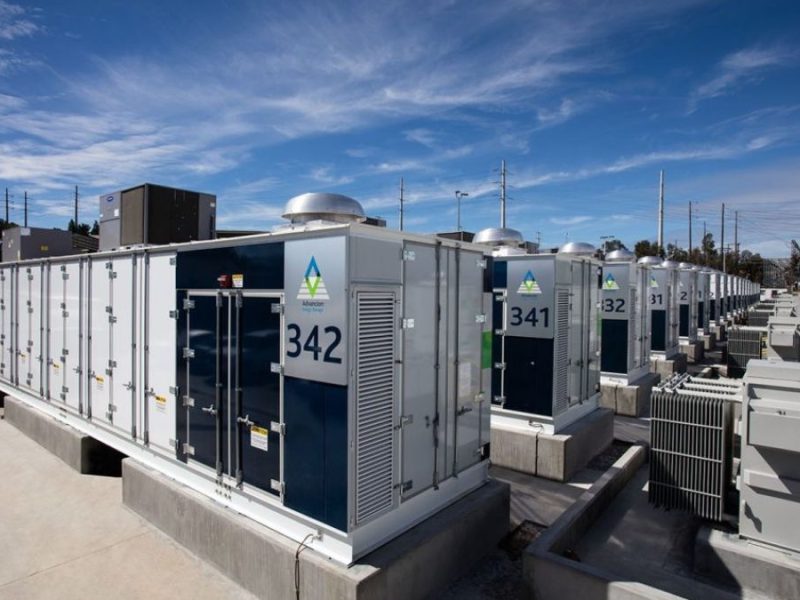With the increasing demand for sustainable energy solutions, the race to find efficient and reliable energy storage systems has never been more critical. As we look towards the future, several innovative technologies are emerging that promise to revolutionize the way we store and utilize energy. In this article, we will explore some of the most exciting developments in energy storage that we believe are worth watching.
1. Lithium-ion Batteries
Lithium-ion batteries have long been the go-to energy storage solution for various applications, from smartphones to electric vehicles. However, ongoing research and development are continuously improving the performance and efficiency of these batteries. Innovations such as solid-state electrolytes and silicon-anode technology are paving the way for higher energy density, faster charging times, and longer lifespans.
2. Flow Batteries
Flow batteries are a type of rechargeable battery in which energy is stored in two liquid electrolytes contained in external tanks. The unique design of flow batteries allows for scalable energy storage solutions that can be easily expanded based on demand. Vanadium redox flow batteries, in particular, have shown promise for grid-scale energy storage applications due to their long cycle life and fast response times.
3. Solid-State Batteries
Solid-state batteries represent the next generation of energy storage technology, offering higher energy density, improved safety, and longer lifespan compared to traditional lithium-ion batteries. By replacing the liquid electrolyte with a solid polymer or ceramic material, solid-state batteries eliminate the risk of leakage, fire, and explosion. Companies such as Toyota and Samsung are investing heavily in solid-state battery research to bring this technology to market.
4. Advanced Energy Storage Systems
Emerging technologies such as compressed air energy storage (CAES), flywheel energy storage, and thermal energy storage are also gaining traction as viable alternatives to traditional battery solutions. CAES systems store energy by compressing air in underground reservoirs and releasing it to generate electricity when needed. Flywheel energy storage utilizes the rotational inertia of a spinning mass to store and release energy quickly. Thermal energy storage captures excess heat or cold for later use, making it ideal for HVAC systems and industrial applications.
5. Artificial Intelligence and Machine Learning
The integration of artificial intelligence (AI) and machine learning algorithms into energy storage systems is enabling predictive maintenance, optimal operation, and real-time energy management. By analyzing data from sensors and smart meters, AI can optimize charging and discharging cycles, reduce energy waste, and extend the lifespan of batteries. Companies like Tesla and Siemens are leveraging AI to create self-learning energy storage solutions that adapt to changing energy demands and grid conditions.
6. Hybrid Energy Storage Systems
Hybrid energy storage systems combine multiple storage technologies to take advantage of their unique strengths and mitigate their weaknesses. By integrating lithium-ion batteries with flow batteries, for example, hybrid systems can achieve higher efficiency, reliability, and flexibility. These hybrid solutions are becoming increasingly popular in off-grid and microgrid applications, where a combination of energy sources is required to ensure uninterrupted power supply.
Conclusion
As we look towards a future powered by clean and renewable energy sources, the development of advanced energy storage technologies will play a crucial role in realizing this vision. From lithium-ion batteries to flow batteries, solid-state batteries to AI-powered systems, the innovations in energy storage are constantly evolving to meet the growing demand for sustainable energy solutions. By keeping an eye on these emerging technologies and trends, we can pave the way for a more efficient, reliable, and environmentally friendly energy system for generations to come.


